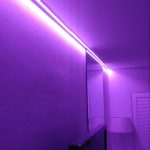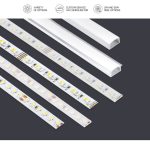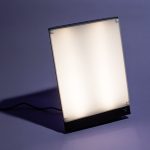Unveiling the Science: How LED Lights Work and Revolutionize Modern Lighting
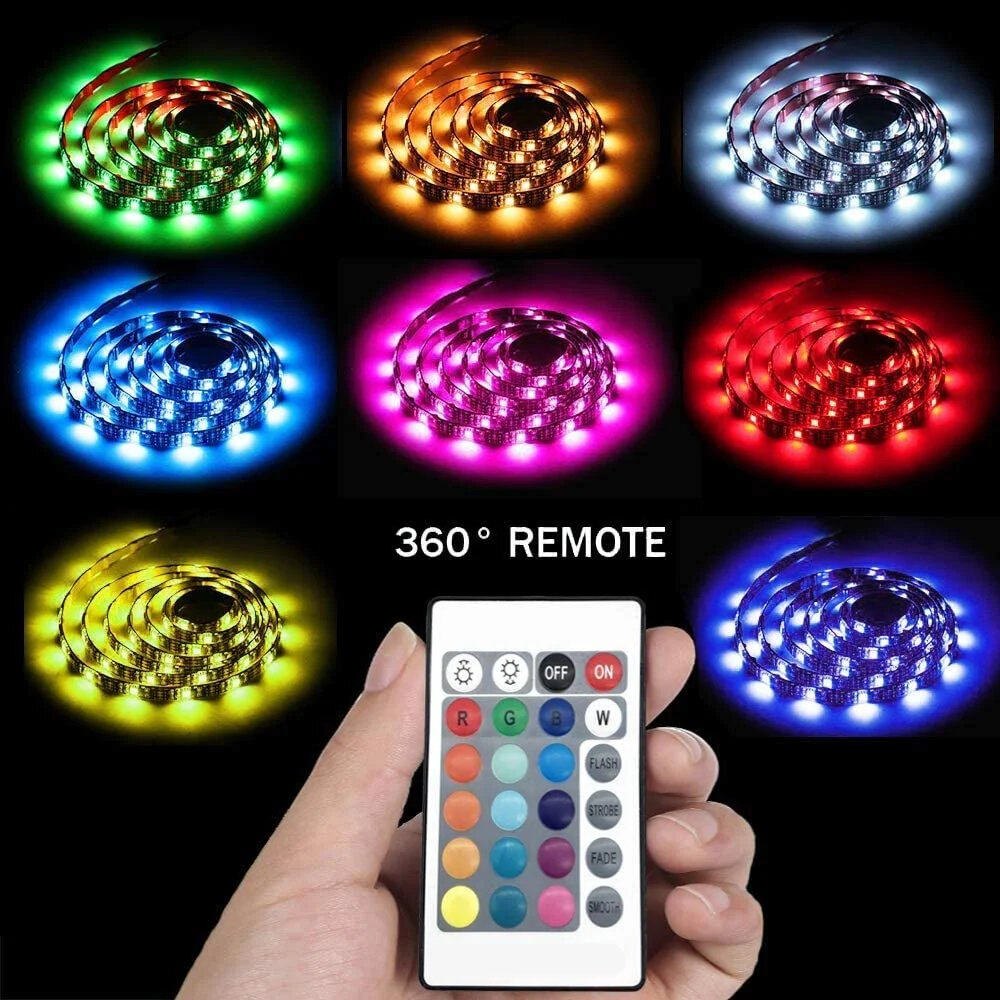
The invention of lightbulbs in the late 19th century revolutionized the way we illuminate our homes and streets. Since then, lightbulbs have evolved significantly, and today, LED lights are at the forefront of the lighting industry. These tiny, energy-efficient devices have transformed the way we light up our world, from smartphones to stadiums. In this article, we will unveil the science behind LED lights and explore how they have revolutionized modern lighting. LED stands for Light Emitting Diode, a semiconductor device that emits light when an electric current passes through it. Unlike traditional incandescent bulbs that produce light by heating a filament to high temperatures, LED lights produce light through a process called electroluminescence. This process involves the movement of electrons and holes in a semiconductor material that generates light in the form of photons. The result is a highly efficient and long-lasting light source that has transformed the lighting industry. Let’s dive deeper into the science behind LED lights and explore how they work.
The Basics of LED Lighting
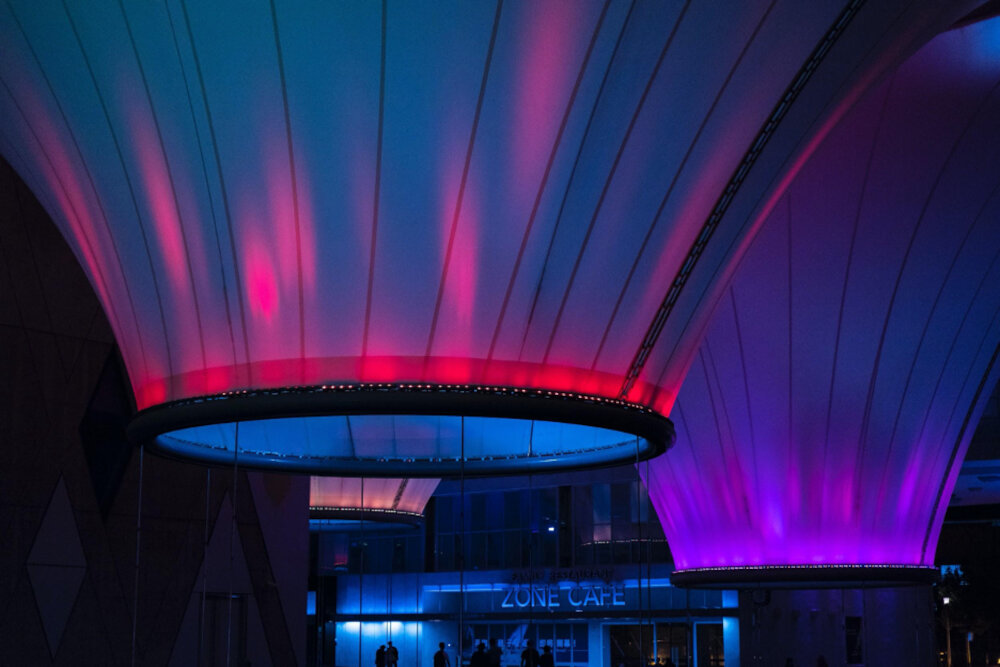
LED lighting has become increasingly popular in recent years due to its energy efficiency, durability, and versatility. LED stands for \light-emitting diode,\ which is a semiconductor device that emits light when an electric current passes through it. Unlike traditional incandescent bulbs, which produce light by heating a filament, LEDs produce light through a process called electroluminescence. This means that LED lighting is much more energy-efficient, as it requires less electricity to produce the same amount of light as traditional bulbs. LED lighting also has a much longer lifespan than traditional bulbs, making it a more cost-effective option in the long run. Additionally, LED lighting can be customized to produce different colors and hues, making it a versatile choice for a variety of applications. From home lighting to commercial and industrial uses, LED lighting has revolutionized modern lighting and is likely to continue to do so in the years to come.
LED lights, or Light Emitting Diodes, are a relatively new technology that has revolutionized modern lighting. Unlike traditional incandescent bulbs, which generate light by heating a filament, LED lights work by passing a current through a semiconductor material, causing it to emit light. This process is known as electroluminescence, and it enables LEDs to produce light using significantly less energy than incandescent bulbs, making them much more efficient and cost-effective. In addition, LED lights can be designed to emit a wide range of colors and intensities, making them highly versatile and adaptable for a variety of lighting applications. From streetlights to smartphones, LED lights have become an essential part of our daily lives, and their impact on modern lighting technology is undeniable.
LED lights, short for Light Emitting Diodes, are semiconductor devices that convert electricity into light. They produce light by passing a current through a specially designed material called a semiconductor. When the current flows through the semiconductor, it excites the electrons, causing them to release energy in the form of photons. The photons are emitted as light, and the color of the light depends on the type of semiconductor used. Unlike traditional incandescent bulbs, which produce light by heating a filament, LED lights are highly efficient and generate very little heat. This makes them ideal for use in a wide range of applications, from street lighting to televisions, and has revolutionized the way we think about lighting.
LED lights have become a popular choice for lighting due to their numerous advantages. They are energy-efficient, durable, and have a longer lifespan compared to traditional incandescent bulbs. LED lights are also environmentally friendly as they do not contain harmful substances such as mercury. In addition, they emit less heat, making them safer to use. On the other hand, LED lights can be expensive to purchase initially, and the brightness of the light may degrade over time. They also require proper disposal as they contain electronic components that can be harmful to the environment if not disposed of correctly. Despite these disadvantages, the benefits of LED lights outweigh the drawbacks, making them an excellent choice for modern lighting solutions.
The Technology Behind LED Lighting
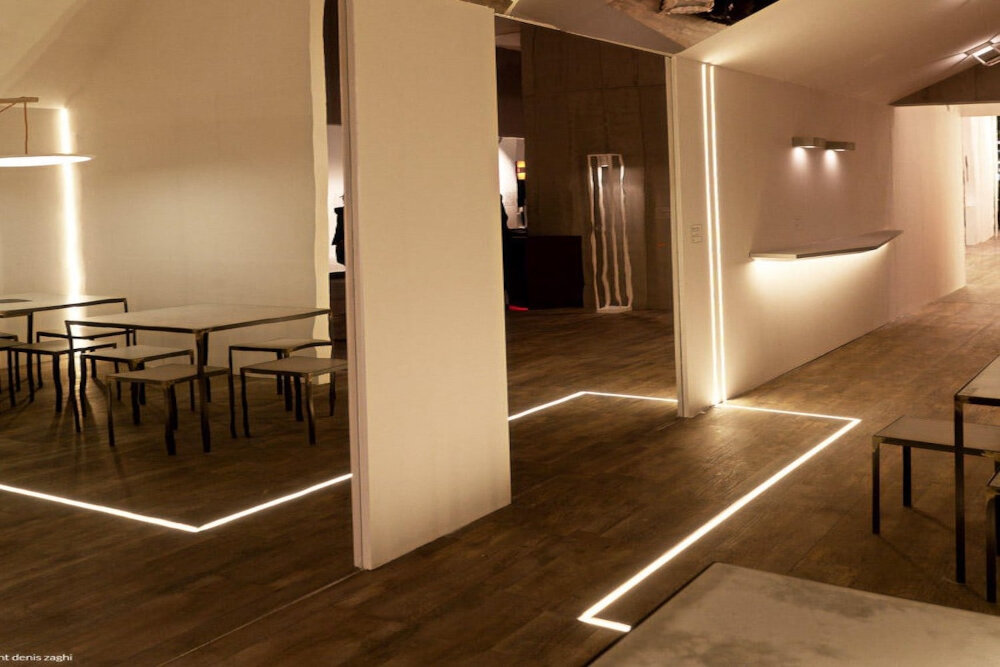
The technology behind LED lighting is a fascinating topic that has revolutionized modern lighting. LEDs or Light Emitting Diodes are solid-state devices that produce light when a current flows through them. Unlike traditional incandescent bulbs, which produce light by heating a filament, LEDs produce light by the movement of electrons within a semiconductor material. This process is known as electroluminescence, and it is the foundation of LED technology. One of the key advantages of LED lighting technology is its energy efficiency. LEDs consume far less energy than traditional incandescent bulbs, which means they are cheaper to operate and more environmentally friendly. This makes them an attractive option for a wide range of applications, from home and commercial lighting to automotive and street lighting. Additionally, LEDs have a significantly longer lifespan than traditional bulbs, which means they require less frequent replacement and maintenance. As LED technology continues to advance, we can expect to see even more innovative and efficient applications in the future.
LED lights are made up of semiconductors that emit light when an electric current passes through them. The most commonly used semiconductors in LED lights are gallium nitride (GaN) and indium gallium nitride (InGaN). GaN is used for blue and green LEDs, while InGaN is used for blue, green, and white LEDs. Another type of semiconductor used in LED lights is aluminum gallium arsenide (AlGaAs), which is used for red and infrared LEDs. These semiconductors are chosen for their ability to emit light efficiently and their durability, making them ideal for use in LED lights. As technology advances, scientists continue to explore new materials for use in LED lights, which could lead to even more efficient and cost-effective lighting solutions in the future.
The manufacturing process of LED lights involves several complex steps, including the creation of a semiconductor material, doping it with impurities, and forming p-n junctions. First, a thin layer of semiconductor material, such as gallium arsenide or gallium nitride, is grown on a substrate using a process called epitaxy. Next, the semiconductor is doped with impurities to create regions of excess electrons (n-type) and holes (p-type). When an electrical current is applied to the LED, the n-type and p-type regions come together at the junction, creating a burst of light energy. Finally, the LED is encapsulated in a plastic housing and connected to circuitry to provide power and control the light output. With advancements in LED technology, manufacturers are able to produce brighter, more energy-efficient, and longer-lasting LED lights, revolutionizing the modern lighting industry.
Effective heat management is crucial in LED lights due to the nature of their operation. Unlike traditional incandescent bulbs, LED lights produce very little heat in the form of infrared radiation, but rather, the heat is generated within the semiconductor material itself. This can cause the LED to become extremely hot and reduce its lifespan or even cause it to fail prematurely. Proper heat management can be achieved through the use of heat sinks, thermal adhesives, and other cooling methods to dissipate the heat away from the LED. With effective heat management, LED lights can last longer, maintain their brightness, and remain energy-efficient, making them an ideal choice for modern lighting applications.
Applications of LED Lighting

LED lighting technology has become increasingly popular over the years due to its energy efficiency, longevity, and versatility. LED lights have found numerous applications in both residential and commercial settings. One of the most common applications of LED lighting is in home lighting. LED lights are used extensively in interior and exterior lighting of homes, including outdoor lighting, kitchen lighting, bathroom lighting, and more. LED lights are also used in decorative lighting, such as string lights and accent lighting, adding a touch of elegance to any room. LED lights can also be used for task lighting, such as reading lamps, work lights, and desk lamps, providing bright and efficient illumination for the task at hand. LED lights have also found widespread use in commercial and industrial settings. LED lights are used in street lighting, parking lot lighting, and other outdoor lighting applications. LED lights are also used in office lighting, retail store lighting, and other commercial settings, providing bright and efficient illumination while reducing energy costs. LED lights are also used in automotive lighting, including headlights, taillights, and interior lighting. The versatility of LED lighting has also led to its use in specialized applications, such as in horticulture lighting, aquarium lighting, and even in the entertainment industry for stage lighting. The applications of LED lighting are truly endless, and as the technology continues to improve, we can expect to see even more innovative uses of LED lights in the future.
Commercial and residential lighting are two distinct types of lighting systems that serve different purposes. Commercial lighting is designed for public spaces such as offices, hospitals, and schools, where bright and consistent lighting is required for extended periods. On the other hand, residential lighting is geared towards creating a comfortable and cozy ambiance in homes. With the advent of LED lights, both commercial and residential lighting have undergone a significant revolution. LEDs offer energy efficiency, longer lifespan, and more options for customization of lighting colors and intensities. They have also made it possible to use lighting as an aesthetic tool, allowing homeowners and businesses to create unique and dynamic lighting designs that can enhance the overall look and feel of their spaces.
Automotive lighting has come a long way since the invention of the first electric headlamp in 1898. LED lights are now revolutionizing modern cars, providing brighter, more energy-efficient lighting. Unlike traditional incandescent bulbs, LEDs produce light by passing a current through a semiconductor material, which emits photons. This process generates less heat and uses less energy, making LED lights more durable and longer-lasting than their predecessors. Moreover, LED lights can be designed in different shapes and sizes, allowing car manufacturers to be more creative in their designs. With the ability to produce a range of colors, LED lights also offer greater customization options for car enthusiasts.
Signage and displays have been revolutionized with the advent of LED lights. LED lights provide bright, clear and energy-efficient illumination, making them the perfect solution for all types of signage applications. From billboards to storefronts and indoor displays, LED lights offer a cost-effective and long-lasting solution that can be customized to suit any need. Additionally, LED lights are available in a wide range of colors and can be programmed to display dynamic and eye-catching animations. Thanks to the versatility and efficiency of LED lights, businesses and organizations can now create impactful and engaging signage that captures the attention of their target audience and helps them stand out from the crowd.
The Future of LED Lighting
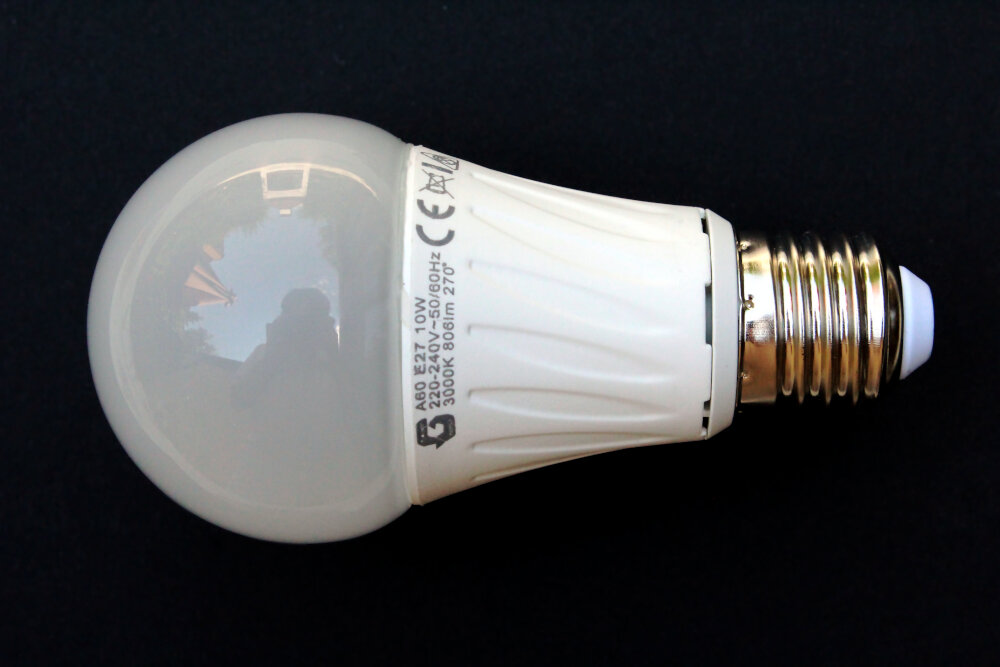
The future of LED lighting is looking bright, and it is not just because of the energy-efficient lighting that they provide. LED technology has the potential to revolutionize the way we light our homes, offices, and even our cities. With the advancements in smart lighting systems and the Internet of Things (IoT), LED lighting can be controlled and customized to fit our needs and preferences. This means that we can adjust the brightness, color temperature, and even the color of the lighting to create different moods and atmospheres in our living spaces. Moreover, the integration of LED lighting with sensors and data analytics can enable us to optimize energy savings and improve the quality of life in our communities. Another exciting development in the future of LED lighting is the use of quantum dot technology. Quantum dots are tiny particles that can emit light at specific wavelengths, which can result in a wider range of colors and higher color accuracy than traditional LED lighting. This technology can be applied to a variety of applications, from displays to general lighting, and can even be used to create highly efficient and cost-effective solar panels. With the increasing demand for sustainable and eco-friendly solutions, quantum dot LED lighting could be the answer to meeting our energy needs while minimizing our impact on the environment. As LED technology continues to evolve, we can expect to see even more innovative applications and benefits in the future.
Emerging trends in LED lighting technology are transforming the lighting industry at an unprecedented pace. One such trend is the development of smart LED lighting systems that can be controlled by smartphone apps and voice commands. These systems not only offer convenience but also provide energy efficiency and cost savings. Another trend is the integration of LED lighting with IoT technology, which allows for better automation and monitoring. Additionally, advancements in LED chip technology have allowed for higher lumen output, longer lifespan, and improved color rendering. These trends are driving innovation and pushing the boundaries of what is possible with LED lighting technology.
The potential for increased energy efficiency in lighting has been significantly improved with the advent of LED technology. Unlike traditional incandescent and fluorescent bulbs, LEDs convert a much higher percentage of the electrical energy they consume into visible light, making them more efficient and cost-effective. In addition, LED lights have a longer lifespan than traditional bulbs, reducing the frequency of replacements and further reducing energy consumption. As a result, the widespread adoption of LED lighting could lead to significant reductions in energy consumption and greenhouse gas emissions, ultimately contributing towards a more sustainable future.
The widespread adoption of LED lights has brought about significant positive impacts on the environment. LED lights consume less energy and last much longer than traditional lighting sources, such as incandescent bulbs, which reduces the amount of waste generated and the carbon footprint associated with the production and disposal of these bulbs. Additionally, LED lights do not contain hazardous materials such as mercury, which is commonly found in compact fluorescent bulbs, making them safer for the environment and human health. The use of LED lights also contributes to the reduction of greenhouse gas emissions, as less energy is required to power them, leading to a decrease in the amount of fossil fuels burned to generate electricity. As a result, LED lights have revolutionized the lighting industry and are helping to pave the way for a more sustainable future.
LED lighting has several benefits that make it a popular choice for modern lighting systems. LED lights are energy-efficient, which means they consume less electricity compared to traditional lighting systems. They are also long-lasting, which reduces the need for frequent replacements, and they emit less heat, making them safer than incandescent bulbs. LED lights are also versatile and can be used in a variety of applications, from residential to commercial and industrial lighting. However, LED lighting also has some drawbacks. The initial cost of purchasing LED lights is higher than traditional lighting systems, making it unaffordable for some consumers. Additionally, some LED lights may produce a bluish-white light that can cause discomfort to some individuals. Overall, LED lighting is a promising technology that offers several benefits, but its drawbacks must also be considered before making a purchasing decision.
In conclusion, the role of LED lighting in modern society cannot be overstated. LED lights are energy-efficient, long-lasting, and versatile, making them ideal for use in homes, businesses, and public spaces. They have revolutionized modern lighting, offering a range of benefits that traditional lighting technologies simply cannot match. As the world continues to prioritize sustainability and energy efficiency, LED lighting will undoubtedly play a crucial role in achieving these goals. From reducing energy consumption to improving the quality of life for people around the world, LED lighting has truly changed the game when it comes to modern lighting solutions.
Conclusion
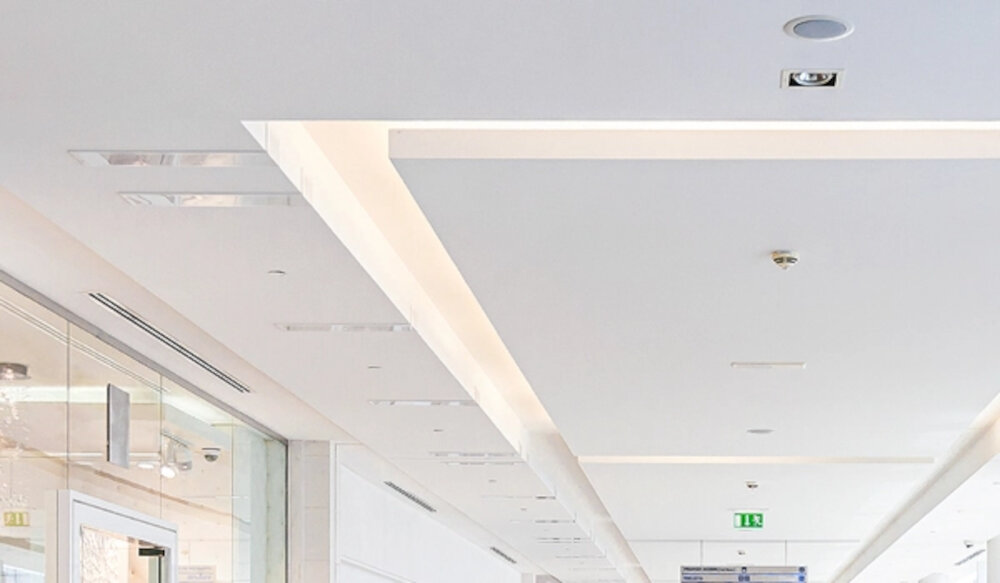
In conclusion, the science behind LED lights is a fascinating and revolutionary field that has transformed modern lighting. With their energy efficiency, longer lifespan, and high durability, LED lights have become the go-to lighting solution for homes, businesses, and industries worldwide. From the way they produce light to the way they can be programmed to change colors, LED lights are a testament to the power of science and innovation. As we continue to explore the science behind LED lights, we can only imagine the endless possibilities of how they can improve our lives and the world around us.

